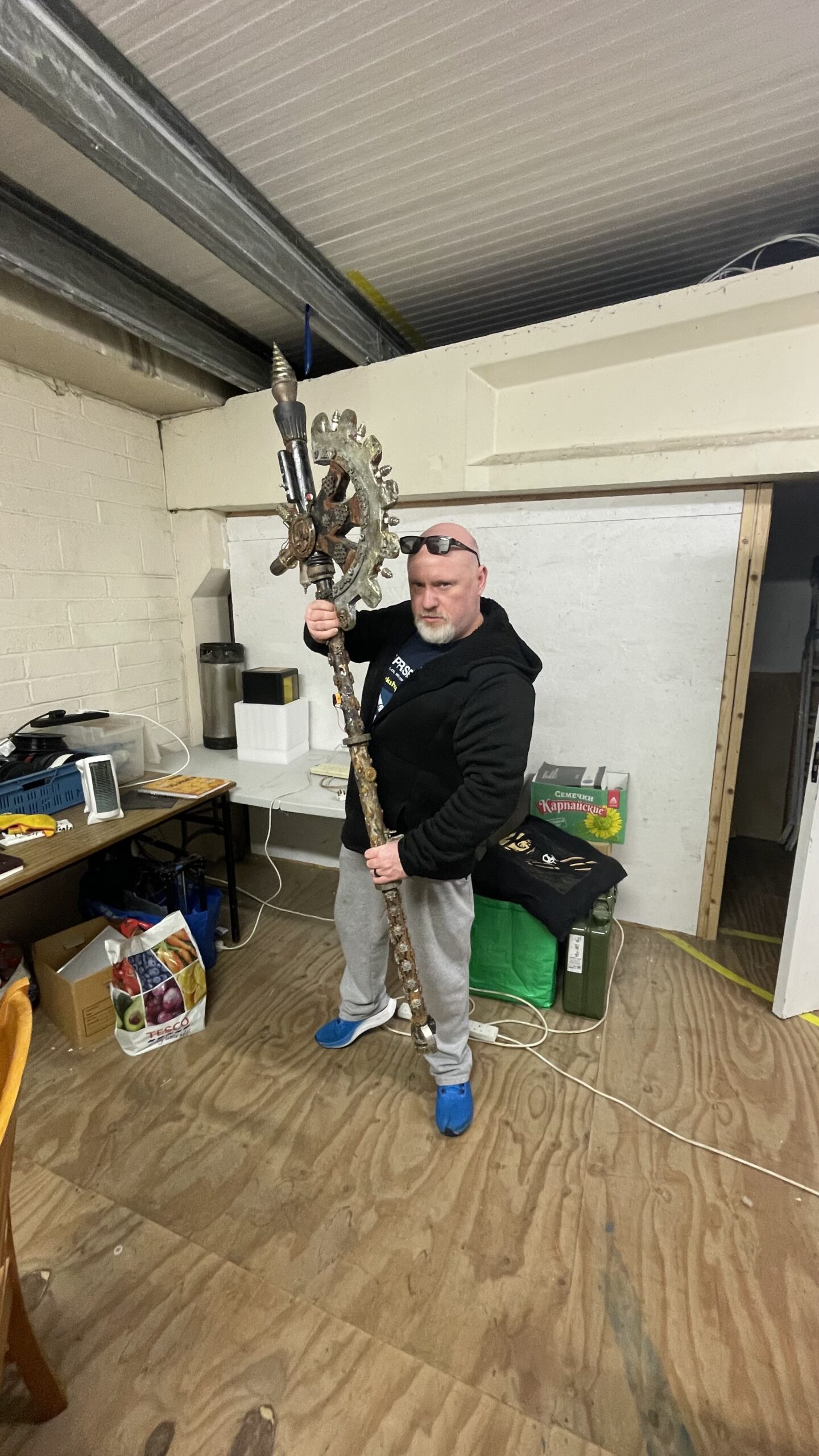The little laser that could.
Thinking of getting in to the world of laser beams? It’s really exciting, it’s a beautiful mystery.
I would encourage you dive straight in to due diligence on all of the wonderment of everything lasers.
Follow me down the deep and wonderful rabbit hole and let us explore.

LASER = LIGHT – AMPLIFICATION – STIMULATED – EMISSION – RADIATION
I am sure many of you will be familiar with the little keyring and pen red laser pens that have been out for decades. laser diodes come in many sizes and colours. I’d bet money you’ve seen a laser show in a club/pub or in the around New Years. What is it about them that’s just so intriguing?
Is it that you can make your cat or dog become over excited trying to catch or eat the little dot that seems impossible to keep up with. You may not of seen lasers in the flesh but definitely you’ve witnessed another use for lasers, listening to Cds playing dvd’s and Blueray dvds / laserdisc these all use laser tech to make them work.
No! it’s the fact that they are simple more than just a little shiny dot, the are like Harry Potters wand! Magical I tell you. Magical but how? Well for one when you strap on a laser diode to a computerised controller with a set of motors you get yourself a tool. You can start to create or destroy to engrave or cut. Yes that’s right even a small handheld sized laser can be utilised to do your evil bidding.
Types of lasers
There are a few types of lasers on the market ranging from the pocket sized ones I mentioned earlier, right up to the industrial.
Gas Lasers
Simple version: long glass tube filled with a gas, mirror at one of of tube, partial reflective mirror at under end of tube, mirror one rebounds emitted light back towards the other end of the tube and it reflects some light back towards the same mirror and lets some light out from its centre, Co2 lasers use this type of technology, below is the proper scientific breakdown of how it works.
THE TECHIE STUFF:
Gas lasers, population inversion is typically achieved by applying a voltage across a glass or ceramic tube that contains the gain medium which is either a low-pressure gas or gas mixture (see Figure 2). The voltage produces an electric field within the tube which induces an electrical current. These electrons collide with the gas atoms, thereby exciting them to higher energy levels that will serve as the upper laser level. The lower laser level typically decays to the ground state much faster than the upper level, thereby creating a population inversion between the two (see Figure 1). Since the radiating species are very dilute, the resulting laser transitions have very narrow spectral bandwidths and operate at well-defined wavelengths.
Due to the wide variety of gaseous media, the range of operating wavelengths can vary from the UV for excimer lasers, through the visible (VIS) range for argon ion and HeNe lasers to the MIR range for CO2 lasers. Gas lasers have historically been deployed in a wide variety of applications but have been largely supplanted by DPSS lasers and laser diodes except for specialized applications. The exceptions to this trend are for CO2 and excimer lasers which still play significant roles in the laser processing and medical eye surgery markets.
Have you got a 3d printer at home, perhaps its been gathering dust on a shelf or in your hobby cave? If it is then don’t worry, with some time and a little patience Im going to take you through the process of converting it in too an all singing and dancing LASER CNC
Liquid Lasers
Simple version: Liquid Lasers come in various options, they differ by their working media.
Liquid laser or dye lasers use liquid as their working media.
Difficulties faced in growing large single crystals or melting large pieces of homogeneous and transparent glass gave rise to liquid lasers. In such lasers rare-earth elements are injected into liquid rather than into crystals.Such lasers considerably differ from their predecessor models as instead of a lamp or electric charge they use another laser as a pump.The laser itself is a case housing a system of spherical mirrors with a focusing unit. The advantage of liquid lasers is liquid circulation for cooling purposes. This produces high radiation energy and intensity in the pulse and continuous modes. Working liquid is pumped through the laser in order to cool it. Then liquid is cooled in an external device. They have two large drawbacks. liquid instability in respect to high light intensity values both pump and generation changes in the refractive index of the active substance resulting from heating. This causes the generated ray walk along the end face of the resonance cavity. Applications of liquid lasers are limited compared to solid-state lasers.
THE TECHIE STUFF: Certain organic dye molecules can act as radiating species for lasing since they have sufficiently long lifetimes in their upper energy levels and can therefore radiate energy from that level instead of losing energy due to collisions. To ensure the proper concentration of radiating species are present, the dye molecules (typically in powder form) are dissolved in a solvent at a concentration of about one part in ten thousand. Due to this solution form, the system is known as a liquid dye laser. Dye lasers are optically pumped by either flashlamps or other lasers. Each dye molecule, due to its overlapping electronic/rotational/vibrational transitions, has a wide homogeneously broadened gain spectrum on the order of 30-50 nm. By utilizing many different dye molecules, the laser can be tuned over a wide spectrum in the UV, VIS, and near-infrared (NIR) (see Figure 2). Combining this broad gain bandwidth with a frequency-selective element allows wide tunability coupled with a narrow spectral bandwidth. As a result, the dye laser has traditionally been used for various spectroscopic applications. Dye lasers require significant maintenance due to the decomposition of the dye when dissolved in its solvent. Therefore, DPSS lasers coupled with nonlinear frequency conversion (see Spectral Tunability) have largely replaced dye lasers in many applications.
There will be more to this post when i have time to sit down again.






Post Comment